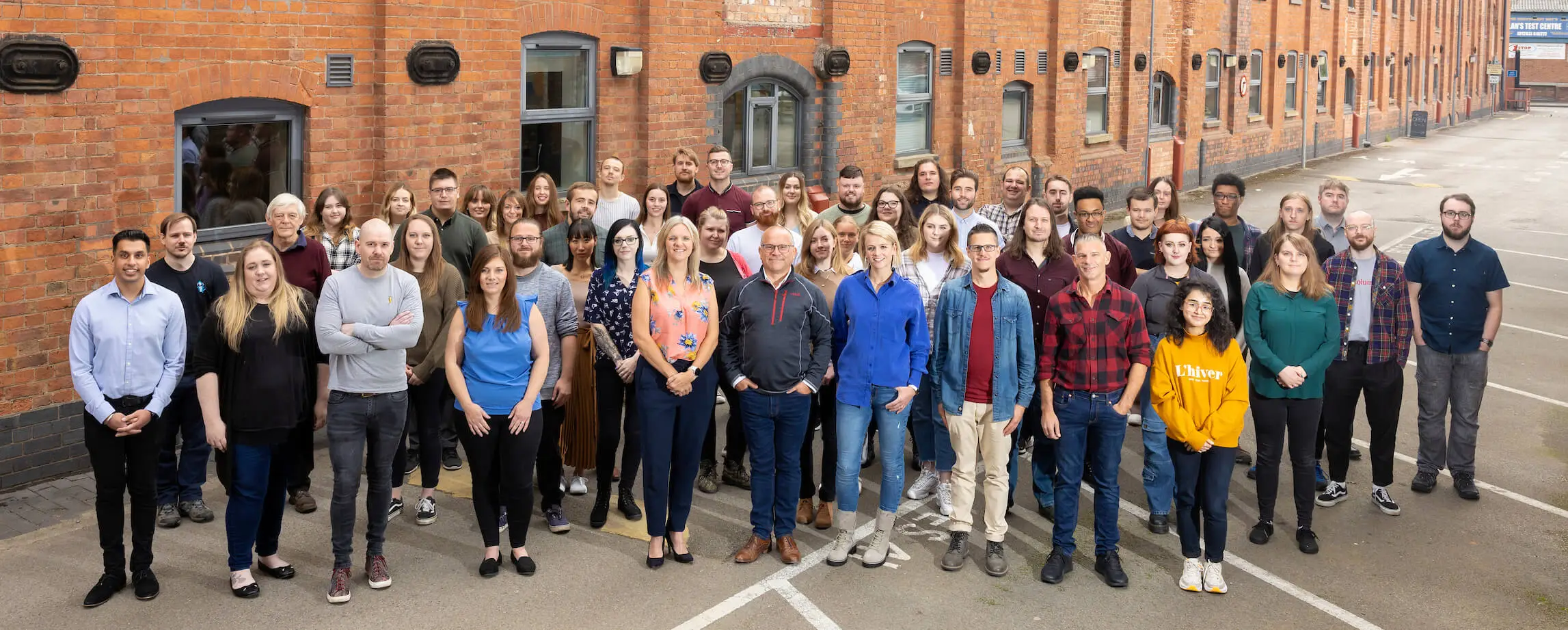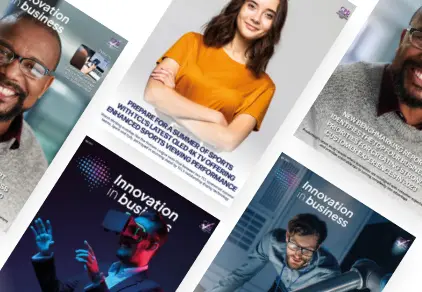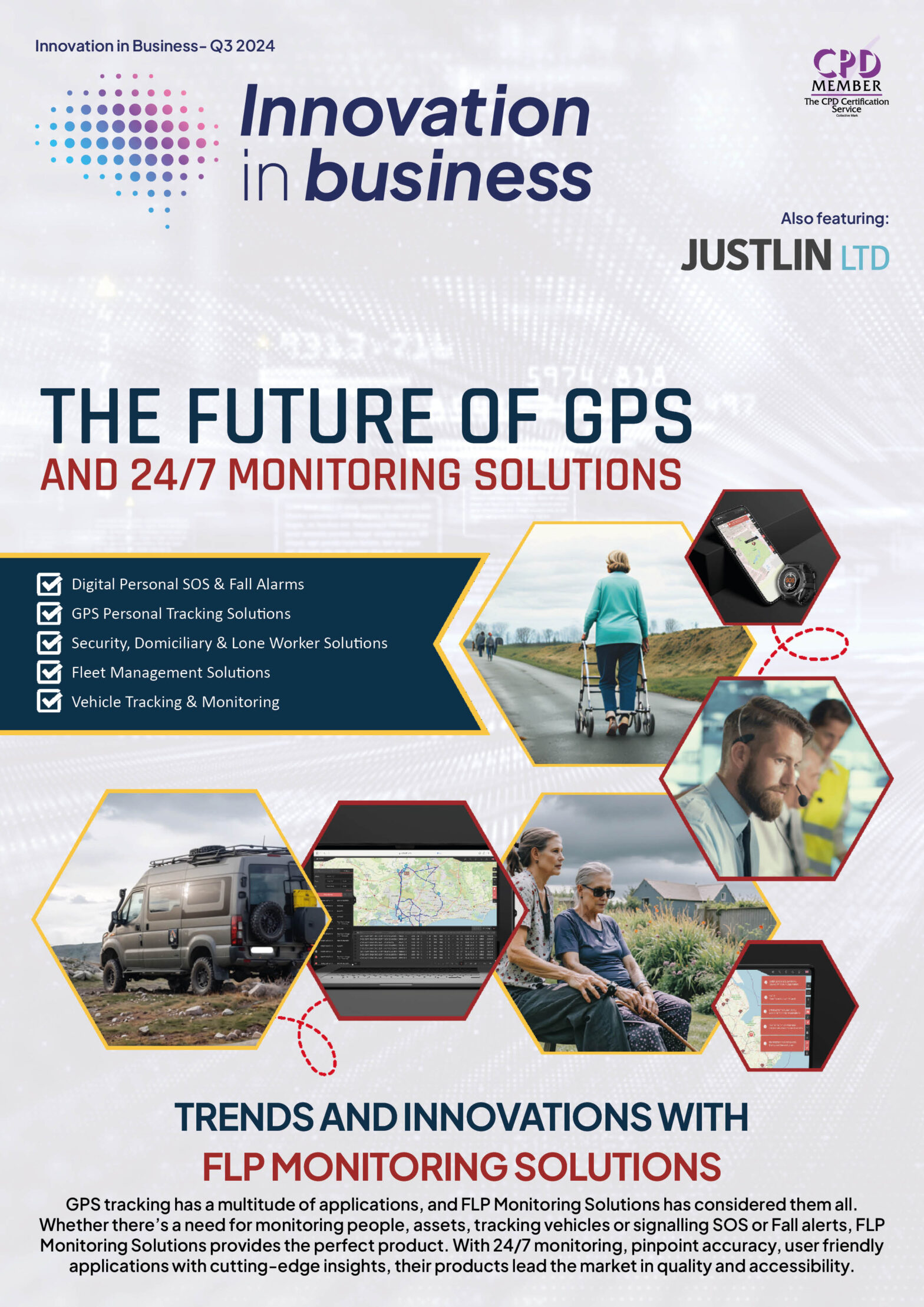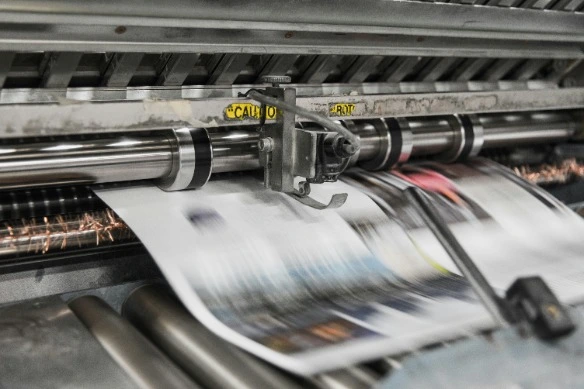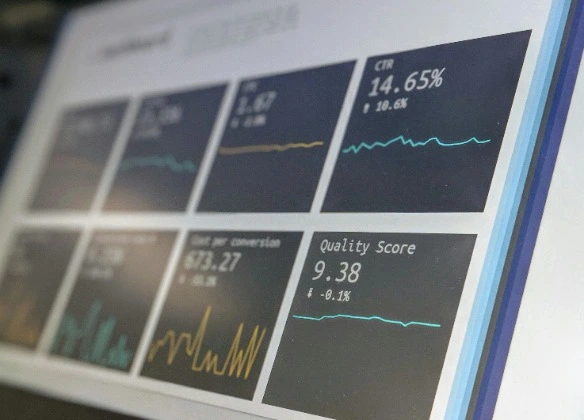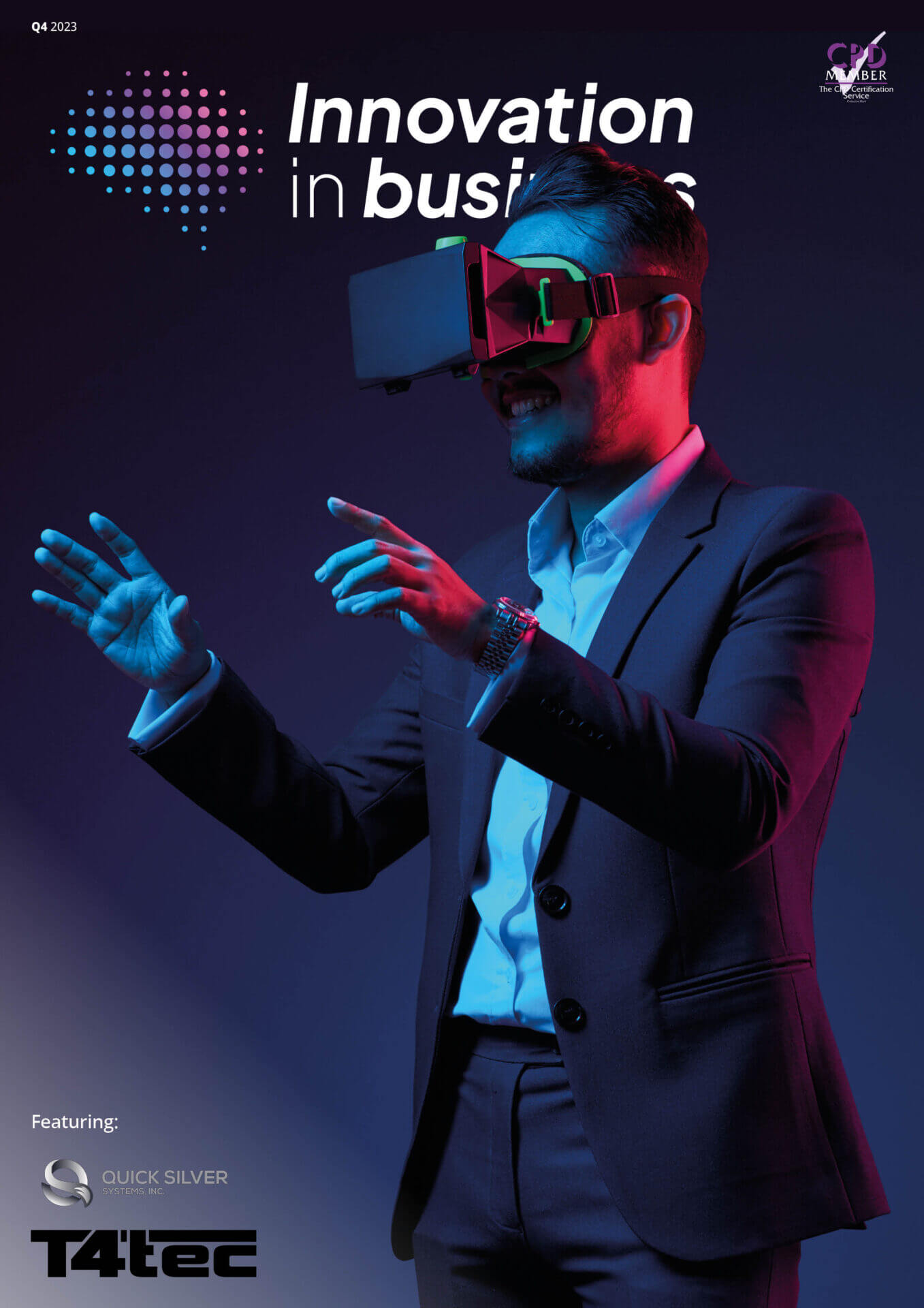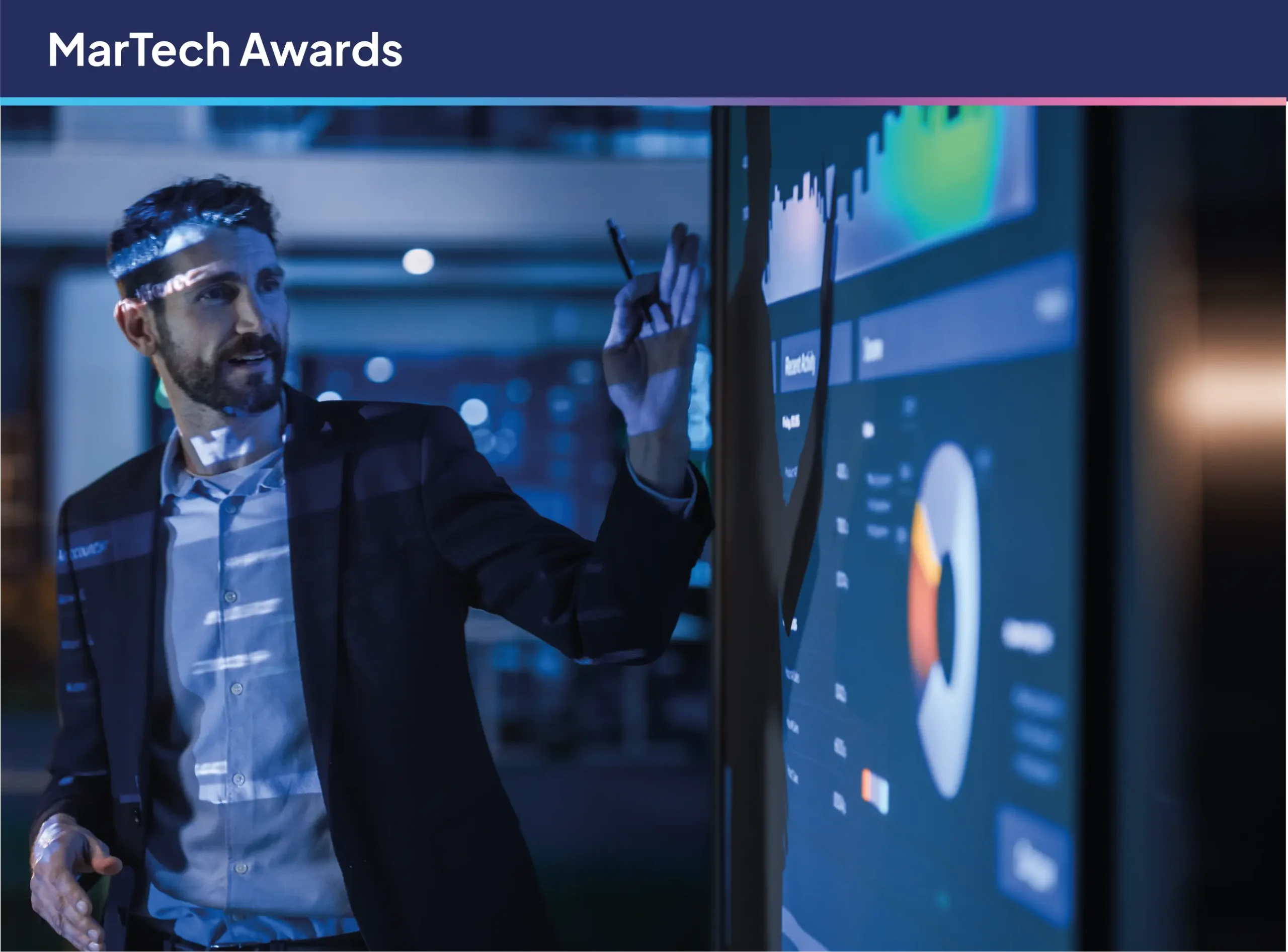
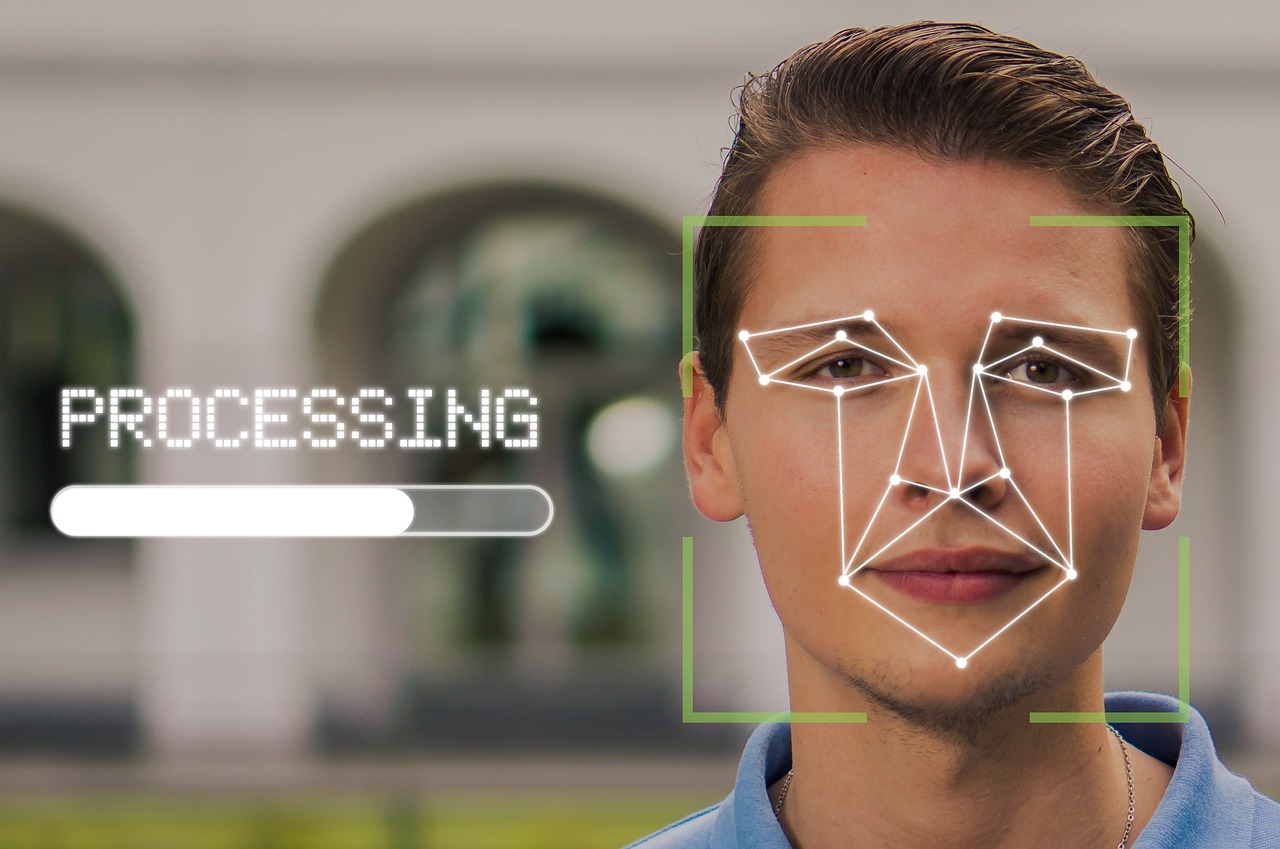
As fraudsters grow more cunning and digital threats evolve by the minute, securing your customer verification process is no longer optional; it’s vital. While customers are asking for seamless experiences with security, businesses have to balance smooth customer journeys with solid identity verification. Advanced technologies, from high-tech document scanning to leading-edge AI, are transforming how companies verify identities. This blog post walks you through five transformative strategies for taking the customer verification process to the next level.
Implement Real-Team Document Verification
The use of advanced technologies like OCR software enables real-time verification. Businesses can be instantly assured of the authenticity of government-issued ID cards, such as driver’s licenses or passports. A driver license scanner can extract and validate data from the license against official databases for authentication purposes. It ascertains that the ID is not forged.
Manual checks are no longer necessary with this verification approach, which speeds up the procedure and lowers the chance of mistakes. In the banking, healthcare, and travel industries, in particular, it assists firms in meeting legal obligations for identity verification.
Adopt Biometric Authentication
Businesses can easily verify the person making a transaction using unique physical characteristics, like fingerprints, facial recognition, or retina scans. This is one of the secure ways to confirm one’s identity since it is almost impossible to fake one’s biometrics.
Integrating biometric authentication into your system will reduce your customer verification process’s time and accuracy rate. This is not just a methodology for fraud prevention, but it also introduces smooth proceedings in which a customer can get into their account or finalize any transaction by just tapping or glancing.
Leverage Multi-Factor Authentication
Multi-factor authentication (MFA) provides another layer of security by making it necessary to have multiple authentication methods. For instance, it may be a password linked with a fingerprint or a one-time passcode via SMS to a mobile phone. This means that even if hackers intercept the password, they need access to the second factor to gain entry.
MFA plays a crucial role in customer verification by ensuring that only the legitimate account holder can access their account. This significantly reduces the risk of business account takeovers and identity theft, allowing customers to feel more secure and fostering trust.
Use AI to Detect Suspicious Behavior
AI tech can analyze significant data volumes to discover customer behavior patterns and highlight potential suspicious activities in real-time. This includes transactions from unusual locations, actions that deviate from a user’s typical behavior, or high-value transactions. AI can automatically trigger alerts and require additional verification steps as needed.
This proactive approach means the customer verification process is better secured and minimizes the possibility of fraud passing through undetected. AI-driven tools adapt quickly to newly devised tactics of fraud. It inherently makes them highly efficient in staying ahead of the fraudsters.
Streamline the User Experience
When a verification process is too complicated, it can lead to customer frustration and discouragement to proceed with it. Balance security with convenience; thus, make your verification process less step-intensive but not at the cost of accuracy.
Convenience for verification can be provided in many ways: online forms, mobile applications, or scanners that will auto-read identification information. By giving customers options that fit their preferences and lifestyles, businesses can provide a more effortless and smoother verification process, which echoes their customer-centric approach.
Endnote
A business needs to ensure its transactions and processes are less prone to fraud, which makes customer verification important. Direct attention to all contact points and implement multi-factor authentication and document verification strategies. These efforts will create a win-win situation for the company and customers through elevated safety standards.

Technology
25 March 2025
Ransomware-As-A-Service Variants on the Rise With Critical Infrastructure Providers at the Greatest Risk

Business Advice
25 March 2025
Claims Processing Automation: How Insurers Can Cut Costs and Improve CX

Technology
18 March 2025
Secret Signs Your Internet Security Has Been Compromised



